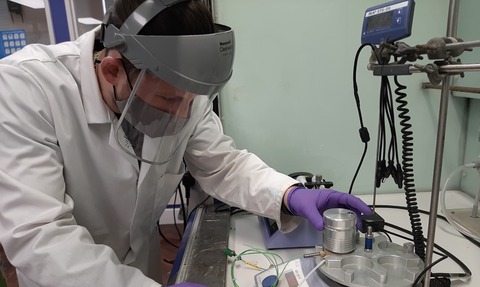
A team of experts at the Institute for Process Research and Chemistry (iRPD) at the University of Leeds (UK), have released a paper describing how Asynt’s fReactor flow chemistry system with add-on photochemical flow modules improves synthetic reactions commonly used in the preparation of drug intermediates.
The paper describes a series of multiphasic Flow Chemistry reactions undertaken by iRPD researchers using the fReactor Photo Flow platform. Experimental data is provided for a series of relevant reactions including a benzylic bromination with a subsequent nucleophilic substitution step used in the synthesis of the anti-hypertensive drug Valsartan; a reaction where a reagent is used in slurry form to minimise solvent use resulting in significantly higher productivities that would otherwise be possible, an efficient oxidation reaction using air as a simple and safe oxidising agent, and photochemical synthesis of 1,2-diamines with productivities of over 50 times that possible by batch chemistry protocols.
Dr Francis from the iPRD said: "The fReactor Photo Flow has provided us with an easy-to-use, powerful platform to undertake high productivity photochemistry in Flow Chemistry applications. Integrating the efficiency of flow processing with the advanced mixing of a continuous stirred tank reactor, we have found fReactor Photo Flow to be well-suited to performing multiphasic reactions allowing our chemists to explore continuous-flow processing, with little expertise required."
In contrast to some tubular or plate-based flow chemistry systems, the Asynt fReactor with Photo Flow modules is especially well-suited to handling multiphasic solid-liquid and gas-liquid photochemical reactions.
Please click here to download a copy of the paper.
For further information on the fReactor Photo Flow platform please visit https://www.asynt.com/product/freactor-photo-flow/ or contact Asynt on +44-1638-781709 / enquiries@asynt.com.




